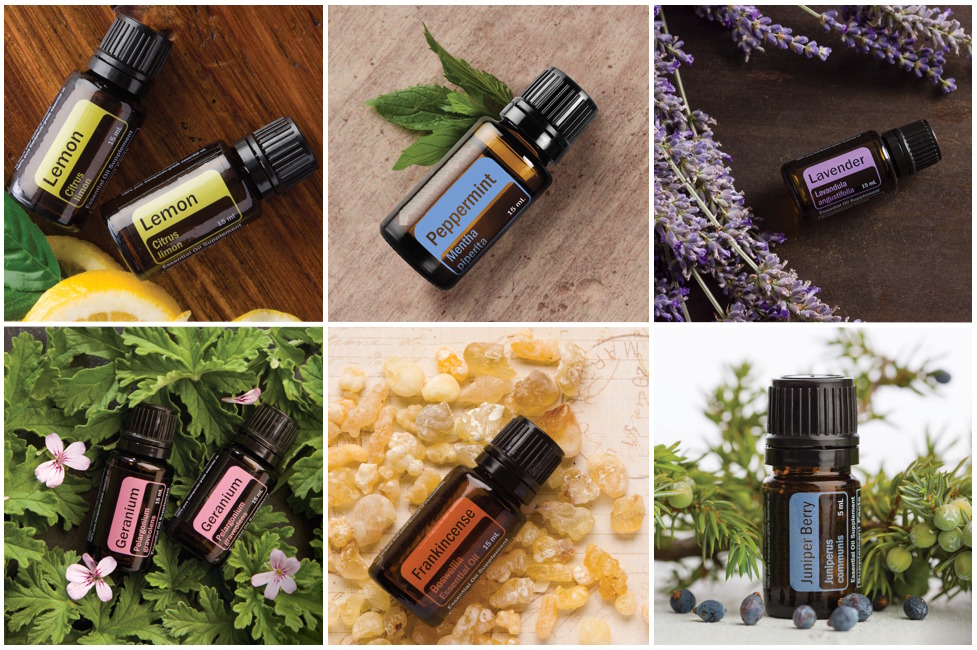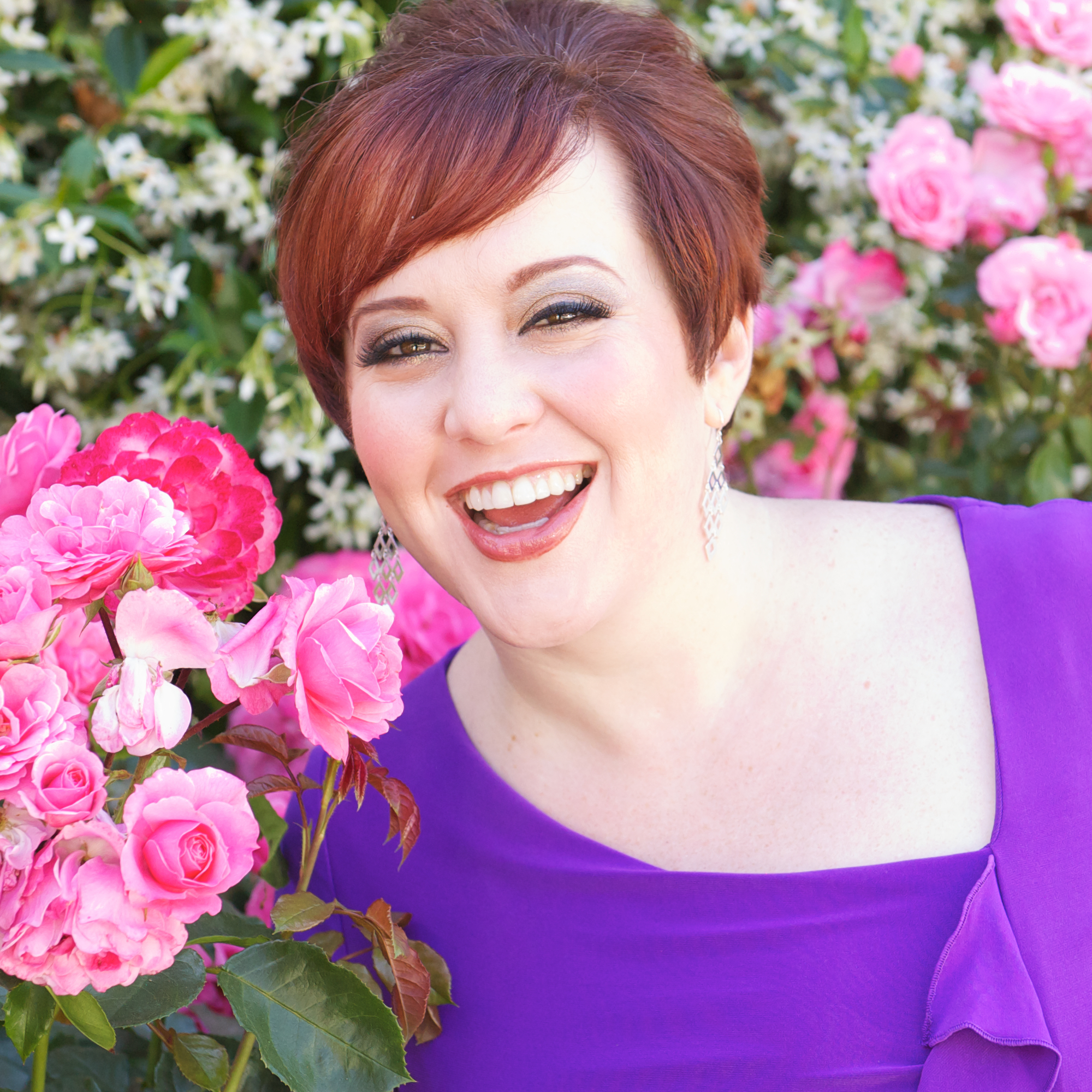
What are Essential Oils & How Can You Determine their Quality?
What Are Essential Oils?
I’ve been using and studying essential oils (EOs) since 2000 in both my personal and professional life, and I’ve always described them as the lifeblood of the plant. They are what gives the characteristic scents to all the varying species of plants, trees, bushes, and flowers. Not only do they give plants their smells though, EOs are complex, naturally-occurring chemical compounds that protect the plants, help encourage insects to pollinate them, and ward off others as a means of protection.
As distilled EOs (once removed from the plant), they provide a highly concentrated form of the whatever the natural effects are of using the plant. For example, one drop of peppermint EO is said to be the equivalent of 20+ cups of peppermint tea. (A little goes a long way!)
Their use has been traced all the way back to Ancient Egypt and they have been used for centuries as (and in) perfumes/ cosmetics, and to support health and wellbeing (physical, mental, emotional, and spiritual).
This is how the US National Library of Medicine defines essential oils:
Definition: The scented liquid taken from certain plants using steam or pressure. Essential oils contain the natural chemicals that give the plant its “essence” (specific odor and flavor). Essential oils are used in perfumes, food flavorings, medicine, and aromatherapy.
I forgot to mention flavor, but yes, they definitely have that too!
Essential oils (also known as volatile oils) are the basic materials of aromatherapy. They are made from fragrant essences found in many plants. These essences are made in special plant cells, often under the surface of leaves, bark, or peel, using energy from the sun and elements from the air, soil, and water. If the plant is crushed, the essence and its unique fragrance are released.
When essences are extracted from plants in natural ways, they become essential oils. They may be distilled with steam and/or water, or mechanically pressed. Oils that are made with chemical processes are not considered true essential oils.
There are many essential oils used in aromatherapy, including those from Roman chamomile, geranium, lavender, tea tree, lemon, cedarwood, and bergamot. Each type of essential oil has a different chemical composition that affects how it smells, how it is absorbed, and how it is used by the body. Even the oils from varieties of plants within the same species may have chemical compositions different from each other. The same applies to plants that are grown or harvested in different ways or locations.
Essential oils are very concentrated. For example, it takes about 220 lbs of lavender flowers to make about 1 pound of essential oil. Essential oils are very volatile, evaporating quickly when they are exposed to open air.
How are they made?
High quality EOs are usually extracted from the plants (distilled) with steam, although citrus oils are typically cold-pressed (such as lemon), and other so-called essential oils (such as delicate flowers like jasmine) are technically “absolutes” (meaning the oil is extracted using a solvent) not EOs. This is a great article explaining the extraction processes in greater detail.
How Do You Know if it’s a High Quality or Low Quality Essential Oil?
The first thing you should know is that the essential oil industry – for the most part – is not regulated by the FDA or any other government body. There are however, companies that make EOs that are approved by the FDA for internal use. Those have a nutrition information label on them. If they DON’T have a nutrition information label on them, please be smart. Don’t ingest them. And even if they DO… again, be smart about it. As I said before, they are highly concentrated, and there is lots of disagreement in the aromatherapy world as to whether or not you even SHOULD ingest EOs. To me, if the FDA says certain oils are approved for internal use, I think that means it’s safe to use them internally in moderation. Do your research though, and make up your own mind.
Instead of being nicely steam distilled, poor quality EOs are often chemically extracted and mixed with carrier oils. From my understanding, no matter how good the absolutes are, some of the solvent remains in the final product. Poor quality absolutes are extracted with poor quality solvents, so there could be traces of petroleum, alcohol, or other chemicals you might not want to experience. (Hint: if you’re buying your oils in the grocery store – even if it’s a “healthy” grocery store – or if they’re quite inexpensive, they’re probably not therapeutic quality.)
It takes a huge quantity of plant material to make true EOs, which is why the high quality ones can be quite expensive. For example, according to one EO producer, “it takes approximately 1,160,000 freshly picked rose petals to produce only one ounce (30 mL) of Rose essential oil.” (Due to FDA regulations, I cannot name my preferred brand on a publicly-available website.) Not only that, but they’re so delicate that they have to be processed on the same day that they’re harvested. That is why true, high-quality rose EO costs upward of $80 for a 5 ml bottle (if you see it for less than that, it’s either synthetic or extremely diluted).
A category of readily available oils that often causes confusion is perfume oils. Depending on the quality, they typically smell like their corresponding EOs, but don’t have the therapeutic benefits. Why is this? Well, some perfume oils are made similarly to EOs, but others are synthesized in a lab. Instead of using the entire complex compound that occurs in nature, synthetic perfume oils often use just the isolated chemical that holds the scent. It’s kind of like the difference between taking vitamin C and eating an orange – the orange is a whole, intact food, and has more complex benefits than just the vitamin C. According to this study from the National Institutes of Health (NIH) website, “Synthetic odors are often made up of many of the same compounds, which are synthesized and combined with other novel odor-producing chemicals. However, synthetic fragrances frequently contain irritants, such as solvents and propellants, that can trigger sensitivities in some people.“
After 20+ years of using EOs, I’ve developed a solid understanding of quality and purity. I’ve never been able to wear most commercial perfumes, and I used to actually get migraines from many of them. Since I started using high-quality EOs however, I’ve had no problems.
There’s some interesting aromatherapy research available on the NIH website. Here are a few tidbits I found especially intriguing:
Numerous studies on the topical antibacterial effects of essential oils have been published; most have found the oils to have significant antimicrobial activity.[1] Some essential oils are antiviral and inhibit replication of the herpes simplex virus.[2] Other essential oils are fungistatic and fungicidal against both vaginal and oropharyngeal Candida albicans.[3]
Antibiotic-resistant bacteria, such as methicillin-resistant Staphylococcus aureus (MRSA) and vancomycin-resistant enterococcus, are an increasing problem worldwide, causing intractable wound infections. Mixtures, such as those containing the volatile oils of lemongrass, eucalyptus, melaleuca, clove, and thyme with butylated hydroxytoluene, triclosan (0.3%), and 95% undenatured ethanol (69.7%), are being investigated against MRSA in vitro. No clinical trials have been performed.[10]
The NIH also has a lovely summary of Essential Oil and Aromatherapy research in those links, along with consumer guides on Essential Oils and Aromatherapy in these links.
MEDICAL DISCLAIMER: I am NOT a doctor and this is NOT medical advice. Yes, I am an RN, but I am not YOUR RN, and this information is provided for educational purposes only. I have been using EOs for a long time, and while I have never had any problems with them, I am not YOU. You could have allergies, sensitivities, or even just preferences that I don’t know about that might effect your use of EOs. As with any health and wellness information you find on the web, in books or magazines, or on TV, please use your common sense, and when in doubt, ask your medical professional.
This article was originally published on ArianaAyu.com in March 2016.

Author, activist, international speaker, multi-preneur, mentor, wife, and mom, Ariana Ayu is a Transformational Mystic and a Catalyst for Conscious Change.
She is the creator and lead educator for the CannyNurse™ Certificate Program, a 50-hour CEU program for nurses from LPNs through doctoral degrees, and the first comprehensive cannabis nurse training program designed for working nurses. An ordained priestess, holistic healer, and lifelong student of ancient/ modern wisdom, Ariana’s nursing background includes pediatrics, labor & delivery, nurse education, and Holistic Health/ Integrative Nurse Coaching.
She earned her MSc in Advancing Nursing Practice from the University of Edinburgh in Scotland (UK), and her Cannabis Nursing Certification from Pacific College of Health and Science.
She is passionate about racial justice, social equity, environmental preservation and conservation, and empowered health, wellness, and joy for all. Her practice is governed by the ethical principles of integrity, nonjudgment, empowerment, and respect for her clients’ autonomy.